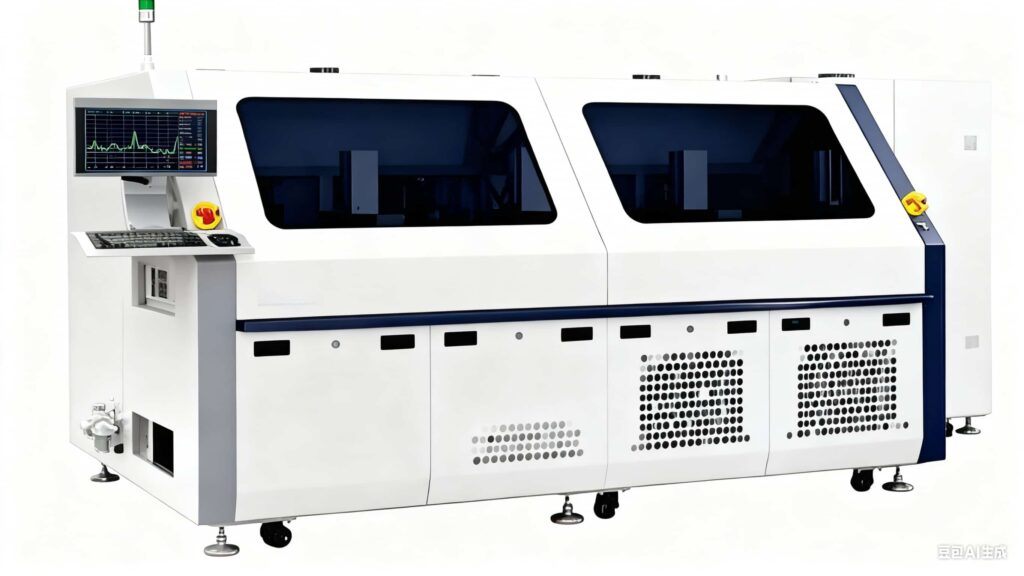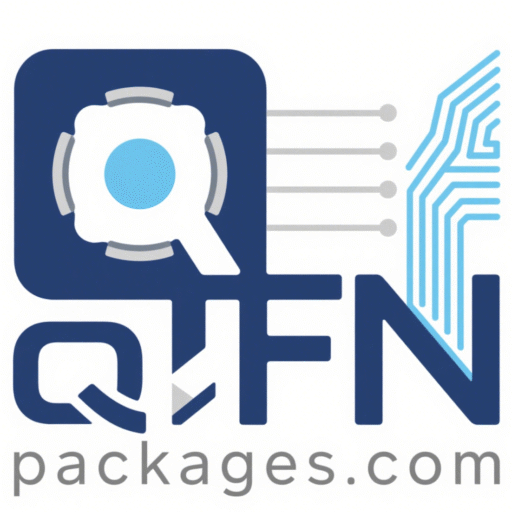Formic Acid Reflow Process in Advanced Semiconductor Packaging: Principles, Applications, and Equipment

What is Formic Acid Reflow?
Formic Acid Reflow is a specialized semiconductor packaging process that utilizes formic acid (HCOOH) vapor or gas under controlled conditions to achieve chemical reduction and metal interconnection. It is widely applied in advanced packaging, wafer bumping, RDL (Redistribution Layer), TSV (Through-Silicon Via) metallization, and wafer-level packaging (WLP).
Although the term contains “reflow,” it is fundamentally different from conventional SMT solder reflow. Instead of relying on solder paste melting, formic acid reflow leverages chemical reduction and intermetallic compound (IMC) formation to enable reliable metallurgical bonding at relatively low temperatures.
Process Principles of Formic Acid Reflow
- Oxide Reduction
Formic acid vapor effectively removes metal oxides (Cu, Ni, Pd, etc.) from surfaces, cleaning and activating them for subsequent bonding. - Metal Reaction Promotion
Under specific temperature and atmosphere conditions, metals such as Sn-Cu or Ni-Au undergo self-catalytic reactions, forming IMCs (e.g., Cu₆Sn₅, Ni₃Sn₄) that create strong, reliable joints. - Low-Temperature Advantage
Unlike traditional solder reflow (>200–250 °C), formic acid reflow can achieve interconnections at 150–200 °C, making it ideal for heat-sensitive devices and thin advanced packages.
Applications of Formic Acid Reflow
- Bumping: Fabrication of Cu pillar bumps, Sn bumps, lead-free bumps in flip-chip packaging.
- RDL (Redistribution Layer): Reliable redistribution of metal wiring on chips or substrates.
- TSV Metallization: Filling and sealing TSV vias in 3D IC packaging.
- Wafer-Level Packaging (WLP): Clean and robust interconnections at wafer scale.
- Hybrid Bonding Pre-Treatment: Surface activation for Cu-Cu direct bonding.
- Special Devices: Optoelectronics, MEMS, sensors, and power devices.
Equipment for Formic Acid Reflow
Unlike SMT reflow ovens, formic acid reflow systems feature:
- Sealed chamber to prevent vapor leakage.
- Formic acid supply and control system for flow and concentration accuracy.
- Temperature control system (150–250 °C, lower than traditional reflow).
- Gas purification and exhaust treatment for safety and environmental compliance.
- Advanced safety features such as gas detection, auto-ventilation, and emergency shutdown.
⚠️ Important: Formic acid is corrosive and toxic. Equipment must ensure sealed operation, gas treatment, and strict safety protocols.
Why Formic Acid Reflow Is Different from SMT Reflow
| Aspect | SMT Reflow | Formic Acid Reflow |
|---|---|---|
| Process | Solder paste melting | Chemical reduction + IMC formation |
| Heating | Hot air / IR | Formic acid vapor + controlled heating |
| Temp | 200–260 °C | 150–220 °C |
| Application | PCB assembly | Advanced semiconductor packaging |
| Safety | Standard | Requires toxic/corrosive gas handling |
Thus, formic acid reflow is not considered a standard SMT reflow oven process, but rather an advanced semiconductor packaging technology.
Common Terminology in Formic Acid Reflow
- Formic Acid Reflow
- Formic Acid Annealing
- Reduction Process
- IMC Formation
- Bump Metallization
- Under-Bump Metallurgy (UBM)
- Vapor Phase Reduction
